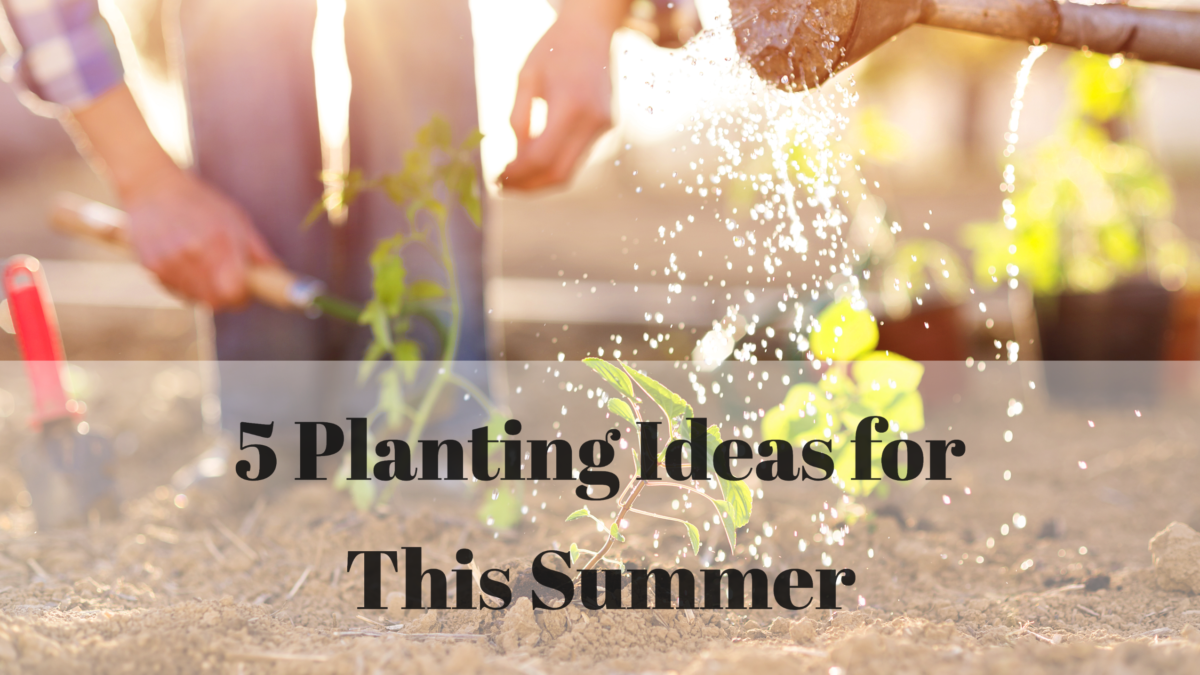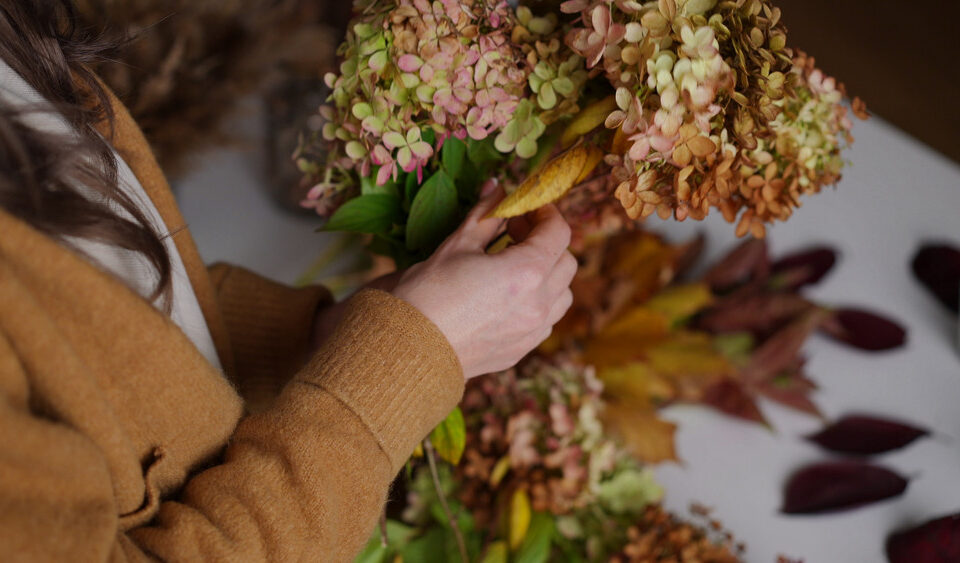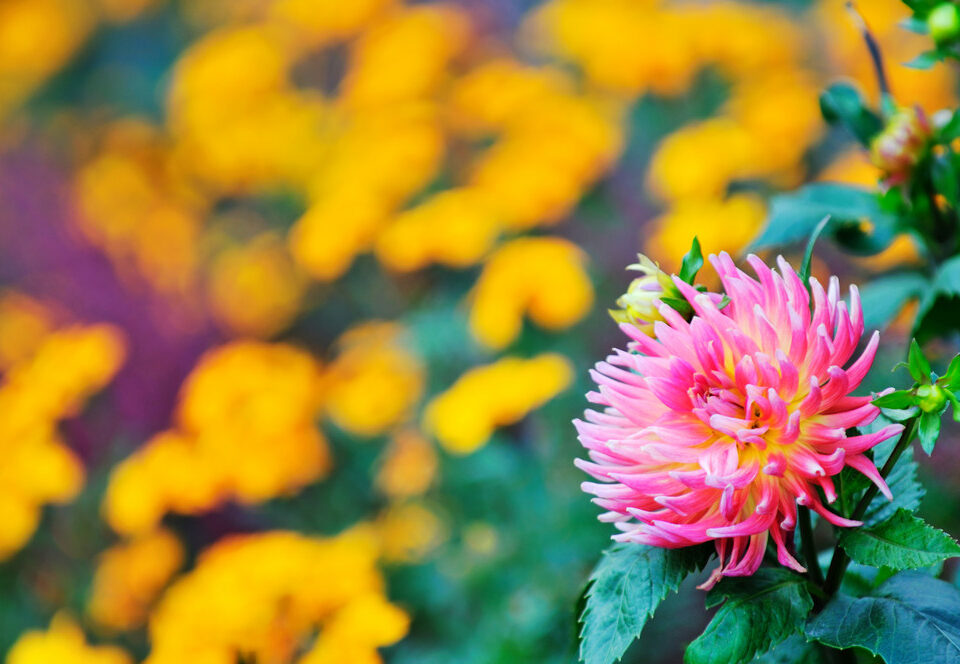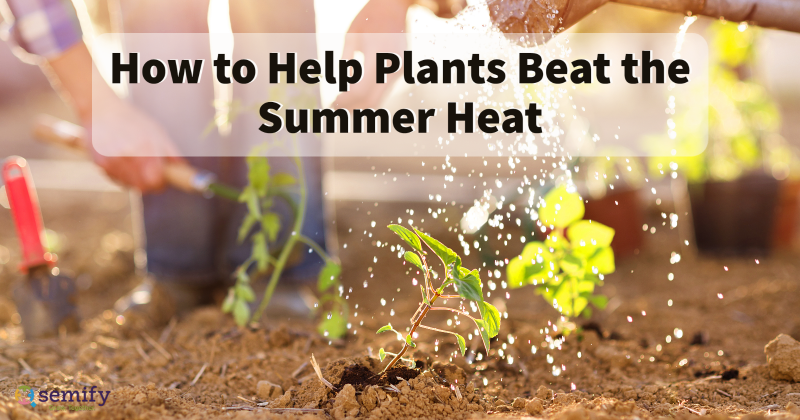
How to Help Plants Beat the Summer Heat
June 20, 2022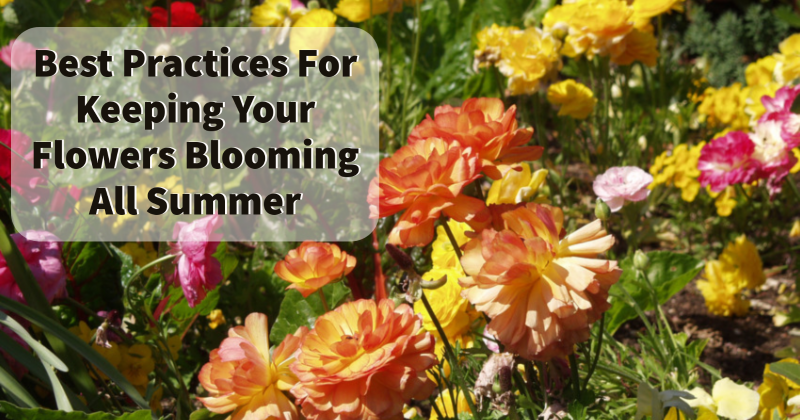
Best Practices For Keeping Your Flowers Blooming All Summer
July 25, 2022Growing a healthy and fruitful garden is among the most pleasant activities. Many American gardeners clearly enjoy it, as they spent 47.8 billion dollars on their gardens and lawns throughout 2018, according to Florgeous. This covered garden supplies such as fertilizers, planting containers, and watering cans, among other things. To help you with your gardening journey, here are five planting ideas for this coming summer.
1. Play With Color
Summer is the time when colorful perennials and annuals bloom and make your garden a rainbow. You’ll see roses and other shrubs start to bloom in late spring and throughout the summer. Calla lilies, rhododendrons, and azaleas are just some that thrive in the summer weather. Don’t be afraid to add different colors to your flower garden when you’re choosing seeds. Make sure you talk to someone at your local greenhouse to ask about their recommendations for summer planting.
2. Go With Summer Vegetables
There are many vegetables that can grow well in the summer, and plenty that you can add to a fresh salad as well. You probably know about tomatoes and cucumbers, especially if you’re a seasoned gardener. You might not be aware that squash, sorrels, beans, and peppers are also great summer vegetables. The rate of their growth will depend on your climate. Amaranth, for instance, is a great leafy green that can thrive in heavy, humid climates.
3. Try Your Hand at Fruits
Vegetables are not the only foods that grow well in the summer. There’s a variety of fruits that thrive in higher temperatures, as well. Berries do particularly well in the summer. You can expect your strawberries, raspberries, and blackberries to be firm and ripe. Pruning is important for these fruits but takes just a few minutes during your watering time.
4. Focus on Watering
Proper irrigation is one of the most important factors to consider, especially during summer. While there is more sun than rain in most parts, it’s not necessary to soak your vegetables, fruits, annuals, or perennials just because you must water them. The general rule to follow is to water the plants until the soil darkens, but even this rule of thumb varies. Do some research to find out how to water your specific plants, and try to organize your plants in order of their watering needs. This will make your watering sessions easier!
5. Re-Organizing for Fall
For the healthiest plants, the planting location is key. This is why you should take the end of the summer to re-organize your garden for fall. If you don’t have enough space to maintain multiple gardens, you can take up the roots of your summer vegetables to make room for vegetables like bok choy, broccoli, and cabbage. These vegetables need to be started in August at the latest in order to grow well in the fall!
When you’re working on annuals, fruits, or vegetables in your summer garden, keep these ideas in mind. Then, you’ll have a vibrant, assorted garden to be proud of! Stop by today to pick up the seeds you’ll need for this summer.


